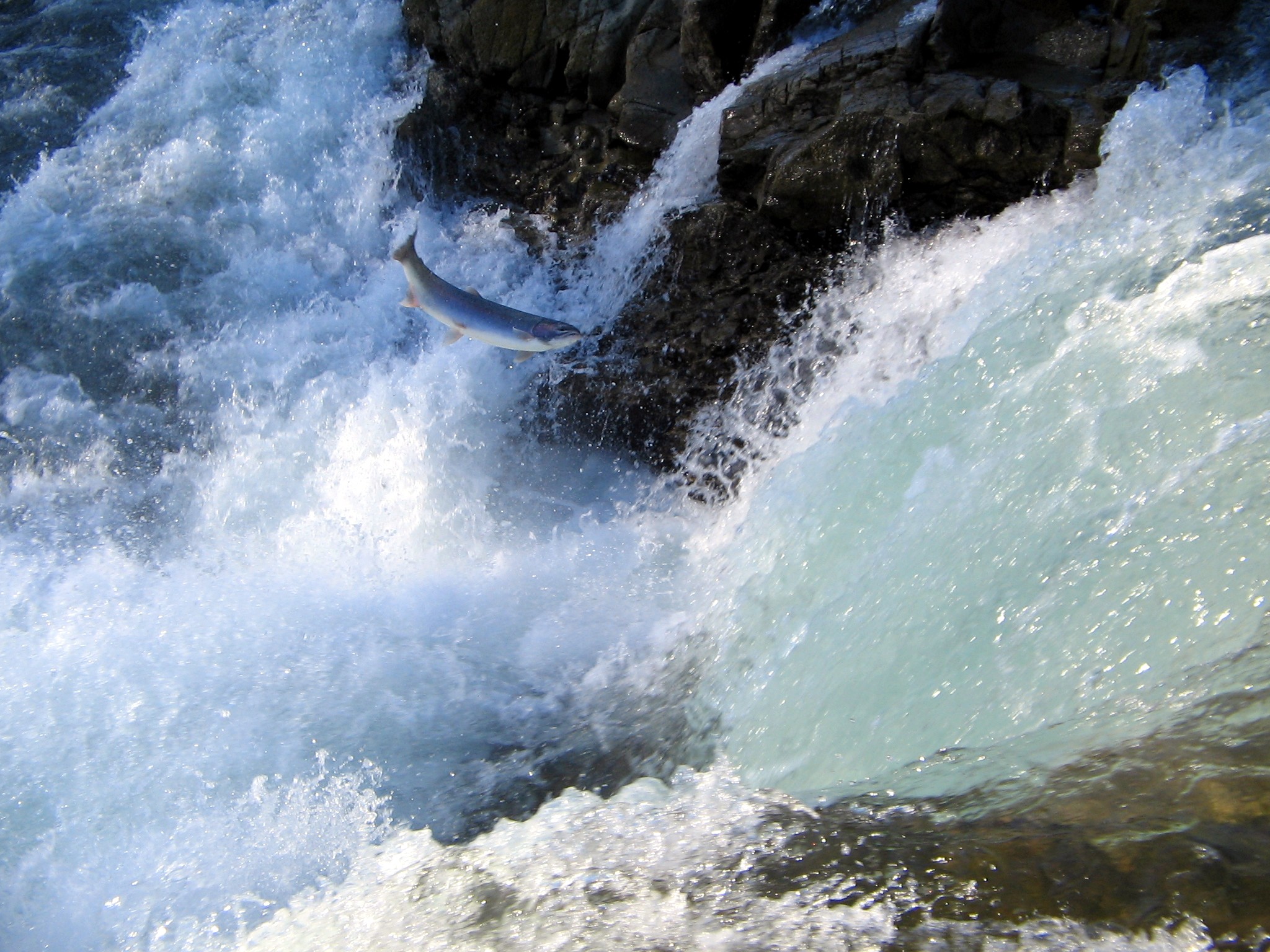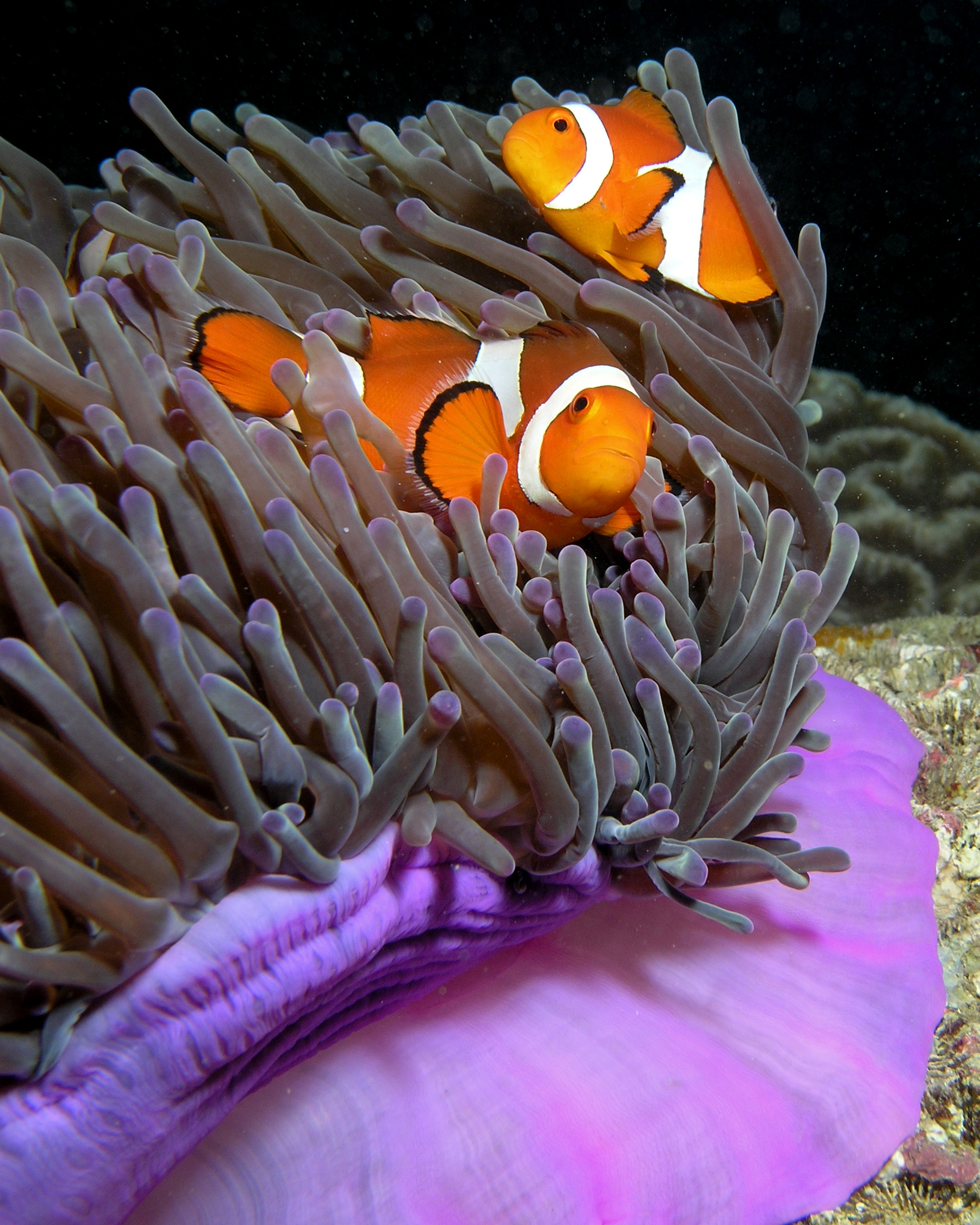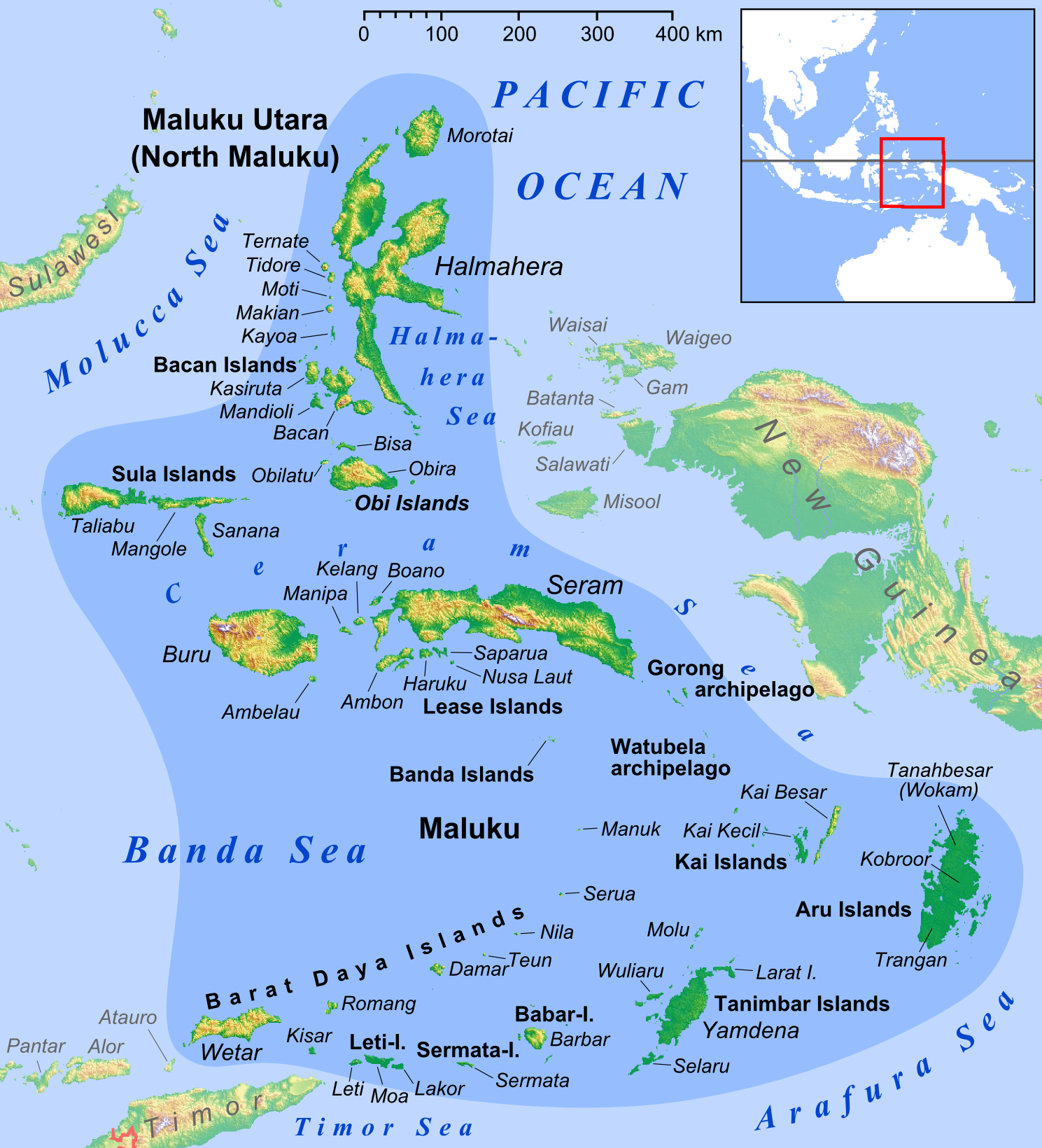|
Strubellia Paradoxa
''Strubellia paradoxa'' is a species of freshwater slug, a shell-less freshwater gastropod,Strong E. E., Gargominy O., Ponder W. F. & Bouchet P. (2008). "Global Diversity of Gastropods (Gastropoda; Mollusca) in Freshwater". ''Hydrobiologia'' 595: 149-166. . an aquatic gastropod mollusk within the clade Acochlidiacea. ''Strubellia paradoxa'' is one of only two described species in the genus ''Strubellia''. Taxonomy In 2005, ''Strubellia'' was classified in the family Strubelliidae Rankin, 1979Rankin J. J. (1979). "A freshwater shell-less mollusc from the Caribbean: structure, biotics, and contribution to a new understanding of the Acochlidioidea". ''Life Sciences Contributions, Royal Ontario Museum'' 116: 123 pp. within the superfamily Strubellioidea in the taxonomy of Bouchet & Rocroi. According to Schrödl & Neusser (2010)Schrödl M. & Neusser T. P. (2010). "Towards a phylogeny and evolution of Acochlidia (Mollusca: Gastropoda: Opisthobranchia)". ''Zoological Journal of t ... [...More Info...] [...Related Items...] OR: [Wikipedia] [Google] [Baidu] |
Animal
Animals are multicellular, eukaryotic organisms in the Biology, biological Kingdom (biology), kingdom Animalia (). With few exceptions, animals heterotroph, consume organic material, Cellular respiration#Aerobic respiration, breathe oxygen, have myocytes and are motility, able to move, can reproduce sexually, and grow from a hollow sphere of Cell (biology), cells, the blastula, during embryonic development. Animals form a clade, meaning that they arose from a single common ancestor. Over 1.5 million extant taxon, living animal species have been species description, described, of which around 1.05 million are insects, over 85,000 are molluscs, and around 65,000 are vertebrates. It has been estimated there are as many as 7.77 million animal species on Earth. Animal body lengths range from to . They have complex ecologies and biological interaction, interactions with each other and their environments, forming intricate food webs. The scientific study of animals is known as ... [...More Info...] [...Related Items...] OR: [Wikipedia] [Google] [Baidu] |
Mollusk
Mollusca is a phylum of protostomic invertebrate animals, whose members are known as molluscs or mollusks (). Around 76,000 extant species of molluscs are recognized, making it the second-largest animal phylum after Arthropoda. The number of additional fossil species is estimated between 60,000 and 100,000, and the proportion of undescribed species is very high. Many taxa remain poorly studied. Molluscs are the largest marine phylum, comprising about 23% of all the named marine organisms. They are highly diverse, not just in size and anatomical structure, but also in behaviour and habitat, as numerous groups are freshwater and even terrestrial species. The phylum is typically divided into 7 or 8 taxonomic classes, of which two are entirely extinct. Cephalopod molluscs, such as squid, cuttlefish, and octopuses, are among the most neurologically advanced of all invertebrates—and either the giant squid or the colossal squid is the largest known extant i ... [...More Info...] [...Related Items...] OR: [Wikipedia] [Google] [Baidu] |
Amphidromous
Fish migration is mass relocation by fish from one area or body of water to another. Many types of fish migrate on a regular basis, on time scales ranging from daily to annually or longer, and over distances ranging from a few metres to thousands of kilometres. Such migrations are usually done for better feeding or to reproduce, but in other cases the reasons are unclear. Fish migrations involve movements of schools of fish on a scale and duration larger than those arising during normal daily activities. Some particular types of migration are ''anadromous'', in which adult fish live in the sea and migrate into fresh water to spawn; and ''catadromous'', in which adult fish live in fresh water and migrate into salt water to spawn. Marine forage fish often make large migrations between their spawning, feeding and nursery grounds. Their movements are associated with ocean currents and with the availability of food in different areas at different times of the year. The migratory ... [...More Info...] [...Related Items...] OR: [Wikipedia] [Google] [Baidu] |
Sequential Hermaphrodites
Sequential hermaphroditism (called dichogamy in botany) is one of the two types of hermaphroditism, the other type being simultaneous hermaphroditism. It occurs when the organism's sex changes at some point in its life. A sequential hermaphrodite produces eggs (female gametes) and sperm (male gametes) at different stages in life. Sequential hermaphroditism occurs in many fish, gastropods, and plants. Species that can undergo these changes do so as a normal event within their reproductive cycle, usually cued by either social structure or the achievement of a certain age or size. In animals, the different types of change are male to female (protandry or protandrous hermaphroditism), female to male (protogyny or protogynous hermaphroditism), and bidirectional (serial or bidirectional hermaphroditism). Both protogynous and protandrous hermaphroditism allow the organism to switch between functional male and functional female. Bidirectional hermaphrodites have the capacity for sex change ... [...More Info...] [...Related Items...] OR: [Wikipedia] [Google] [Baidu] |
Radula
The radula (; : radulae or radulas) is an anatomical structure used by mollusks for feeding, sometimes compared to a tongue. It is a minutely toothed, chitinous ribbon, which is typically used for scraping or cutting food before the food enters the esophagus. The radula is unique to the mollusks, and is found in every class of mollusk except the bivalves, which instead use cilia, waving filaments that bring minute organisms to the mouth. Within the gastropods, the radula is used in feeding by both herbivorous and carnivorous snails and slugs. The arrangement of teeth ( denticles) on the radular ribbon varies considerably from one group to another. In most of the more ancient lineages of gastropods, the radula is used to graze, by scraping diatoms and other microscopic algae off rock surfaces and other substrates. Predatory marine snails such as the Naticidae use the radula plus an acidic secretion to bore through the shell of other mollusks. Other predatory marine snails, ... [...More Info...] [...Related Items...] OR: [Wikipedia] [Google] [Baidu] |
Neritidae
Neritidae, common name the nerites, is a Taxonomy (biology), taxonomic Family (biology), family of small to medium-sized saltwater and freshwater snails which have a gill and a distinctive Operculum (gastropod), operculum. MolluscaBase eds. (2021). MolluscaBase. Neritininae Poey, 1852. Accessed through: World Register of Marine Species at: http://www.marinespecies.org/aphia.php?p=taxdetails&id=411639 on 2021-09-25 The family Neritidae includes marine genera such as ''Nerita'', marine and freshwater genera such as ''Neritina'', and freshwater and brackish water genera such as ''Theodoxus''. The common name "nerite" as well as the family name Neritidae and the genus name ''Nerita'', are derived from the name of Nerites (mythology), Nerites, who was a sea god in Greek mythology. Distribution Neritidae live primarily in the southern hemisphere, but there are some exceptions, such as a genus ''Theodoxus'' which can be found in Europe and Northern Africa Bunje P. M. & Lindberg D. R. ( ... [...More Info...] [...Related Items...] OR: [Wikipedia] [Google] [Baidu] |
Journal Of Molluscan Studies
The ''Journal of Molluscan Studies'' is the peer-reviewed scientific journal of the Malacological Society of London, covering research in malacology.About the journal accessed 6 December 2010. The editor-in-chief is Dinarzarde C. Raheem. Previous names of this journal include ''Proceedings of the Malacological Society'', and ''Proceedings of the Malacological Society of London'' (abbreviated as ''Proc. Malacol. Soc. Lond.''). Abstracting and indexing The journal is abstracted and indexed by Aquatic Sciences ...[...More Info...] [...Related Items...] OR: [Wikipedia] [Google] [Baidu] |
Solomon Islands
Solomon Islands, also known simply as the Solomons,John Prados, ''Islands of Destiny'', Dutton Caliber, 2012, p,20 and passim is an island country consisting of six major islands and over 1000 smaller islands in Melanesia, part of Oceania, to the northeast of Australia. It is directly adjacent to Autonomous Region of Bougainville, Bougainville, a part of Papua New Guinea to the west, Australia to the southwest, New Caledonia and Vanuatu to the southeast, Fiji, Wallis and Futuna, and Tuvalu to the east, and Nauru and the Federated States of Micronesia to the north. It has a total area of 28,896 square kilometres (11,157 sq mi), and a population of 734,887 according to the official estimates for mid-2023. Its capital and largest city, Honiara, is located on the largest island, Guadalcanal. The country takes its name from the wider area of the Solomon Islands (archipelago), Solomon Islands archipelago, which is a collection of Melanesian islands that also includes the Autonomous ... [...More Info...] [...Related Items...] OR: [Wikipedia] [Google] [Baidu] |
Ambon Island
Ambon Island is part of the Maluku Islands of Indonesia. The island has an area of and is mountainous, well watered, and fertile. Ambon Island consists of two territories: the city of Ambon, Maluku, Ambon to the south, and three districts (''kecamatan'') of the Central Maluku Regency to the north. The main city and seaport is Ambon, Maluku, Ambon (with a 2020 Census population of 347,288), which is also the capital of Maluku (province), Maluku Provinces of Indonesia, province, while those districts of Maluku Tengah Regency situated on Ambon Island had a 2020 Census population of 128,069. By mid 2023 those populations were estimated to have become 354,052 and 128,754 respectively, resulting in an all-island population of 482,806. Ambon has an Pattimura Airport, airport and is home to the Pattimura University and Open University (Universitas Terbuka), state universities, and a few private universities, which include Darussalam University (Universitas Darussalam, UNDAR) and Univer ... [...More Info...] [...Related Items...] OR: [Wikipedia] [Google] [Baidu] |
Zoological Journal Of The Linnean Society
The ''Zoological Journal of the Linnean Society'' is a monthly peer-reviewed scientific journal covering zoology published by Oxford University Press on behalf of the Linnean Society. The editor-in-chief is Maarten Christenhusz (Linnean Society). It was established in 1856 as the ''Journal of the Proceedings of the Linnean Society of London. Zoology'' and renamed ''Journal of the Linnean Society of London, Zoology'' in 1866. It obtained its current title in 1969. Abstracting and indexing The journal is abstracted and indexed in: According to the ''Journal Citation Reports'', the journal has a 2020 impact factor The impact factor (IF) or journal impact factor (JIF) of an academic journal is a type of journal ranking. Journals with higher impact factor values are considered more prestigious or important within their field. The Impact Factor of a journa ... of 3.286. References External links * Zoology journals Linnean Society of London Monthly journals Academic jour ... [...More Info...] [...Related Items...] OR: [Wikipedia] [Google] [Baidu] |
Taxonomy Of The Gastropoda (Bouchet & Rocroi, 2005)
The taxonomy of the Gastropoda as it was revised in 2005 by Philippe Bouchet and Jean-Pierre Rocroi is a system for the scientific classification of gastropod mollusks (Gastropods are a taxonomic class of animals which consists of snails and slugs of every kind, from the land, from freshwater, and from saltwater). The paper setting out this taxonomy was published in the journal '' Malacologia''. The system encompasses both living and extinct groups, as well as some fossils whose classification as gastropods is uncertain. The Bouchet & Rocroi system was the first complete gastropod taxonomy that primarily employed the concept of clades, and was derived from research on molecular phylogenetics; in this context a clade is a "natural grouping" of organisms based upon a statistical cluster analysis. In contrast, most of the previous overall taxonomic schemes for gastropods relied on morphological features to classify these animals, and used taxon ranks such as order, superorder ... [...More Info...] [...Related Items...] OR: [Wikipedia] [Google] [Baidu] |
Strubellioidea
According to the taxonomy of Bouchet & Rocroi (2005), Strubellioidea was a taxonomic superfamily of sea slugs, mostly marine gastropod mollusks within the informal group Opisthobranchia. However, Schrödl & Neusser (2010)Schrödl M. & Neusser T. P. (2010). "Towards a phylogeny and evolution of Acochlidia (Mollusca: Gastropoda: Opisthobranchia)". ''Zoological Journal of the Linnean Society'' 158: 124–154. . redefined the taxonomy of Acochlidiacea in 2010. Taxonomy Families within the superfamily Strubellioidea according to the taxonomy of Bouchet & Rocroi (2005) were: *Family Strubelliidae *Family Pseudunelidae ''Pseudunela'' is a genus of minute sea slugs, acochlidians, shell-less marine or temporary brackish or brackish gastropod mollusks in the clade Acochlidiacea. ''Pseudunela'' is the only genus in the family Pseudunelidae. ''Pseudunela'' is the ... References {{Taxonbar, from=Q7624957 Obsolete gastropod taxa ... [...More Info...] [...Related Items...] OR: [Wikipedia] [Google] [Baidu] |






